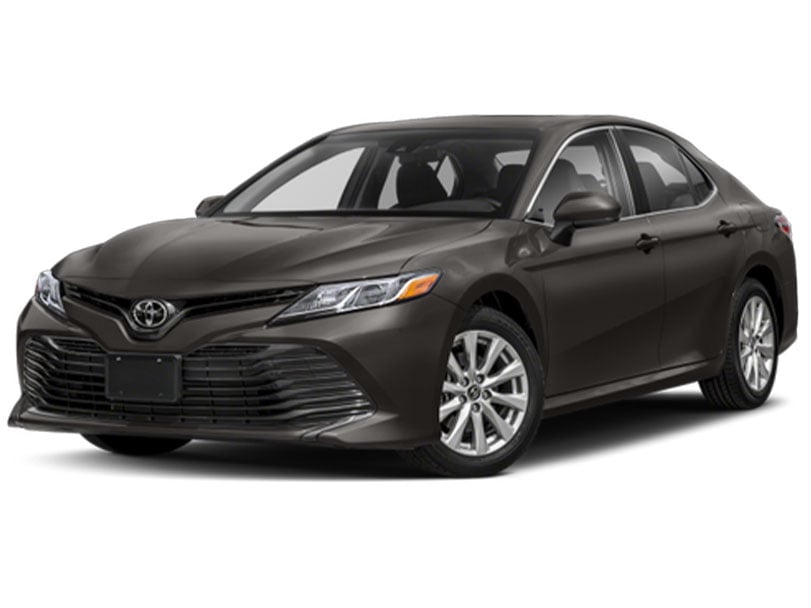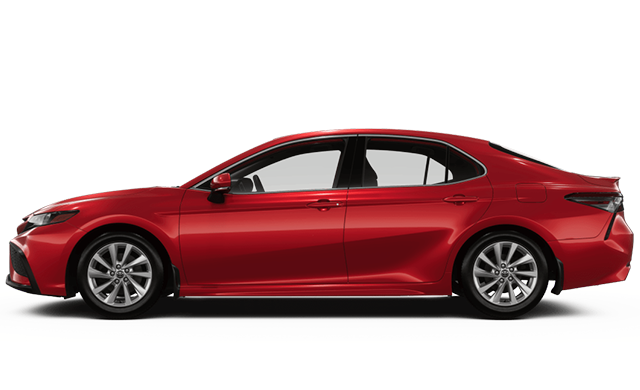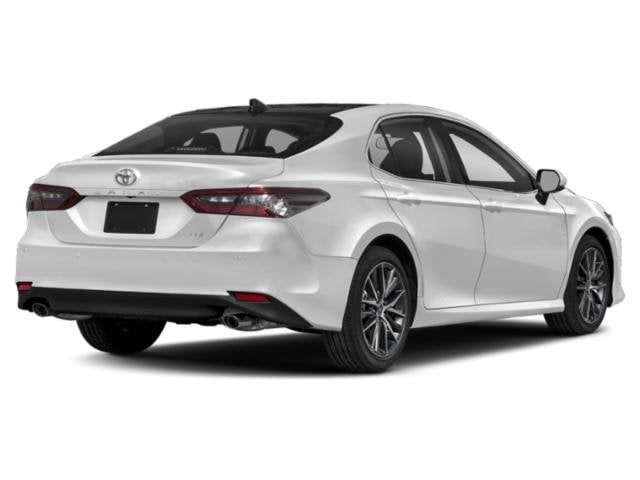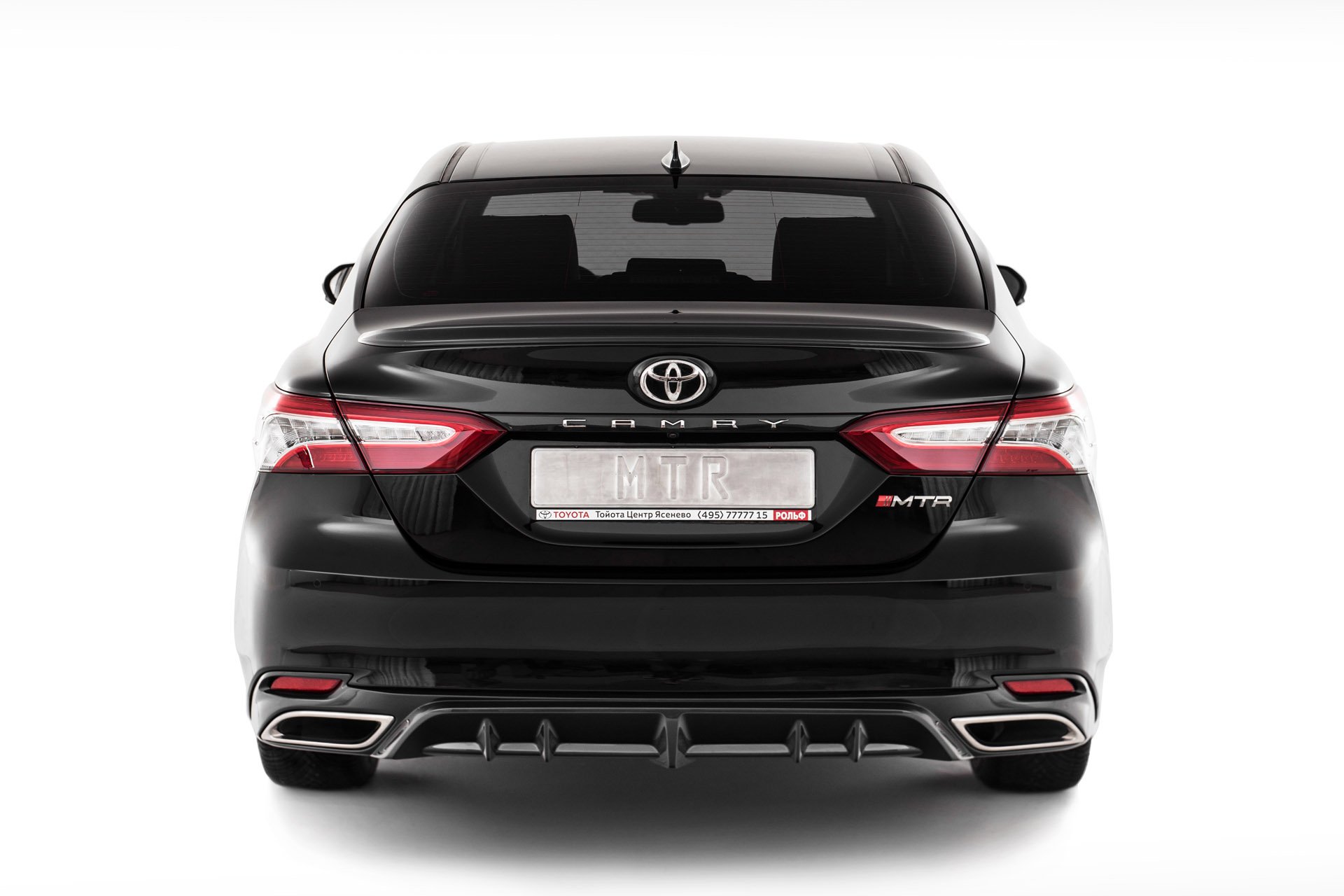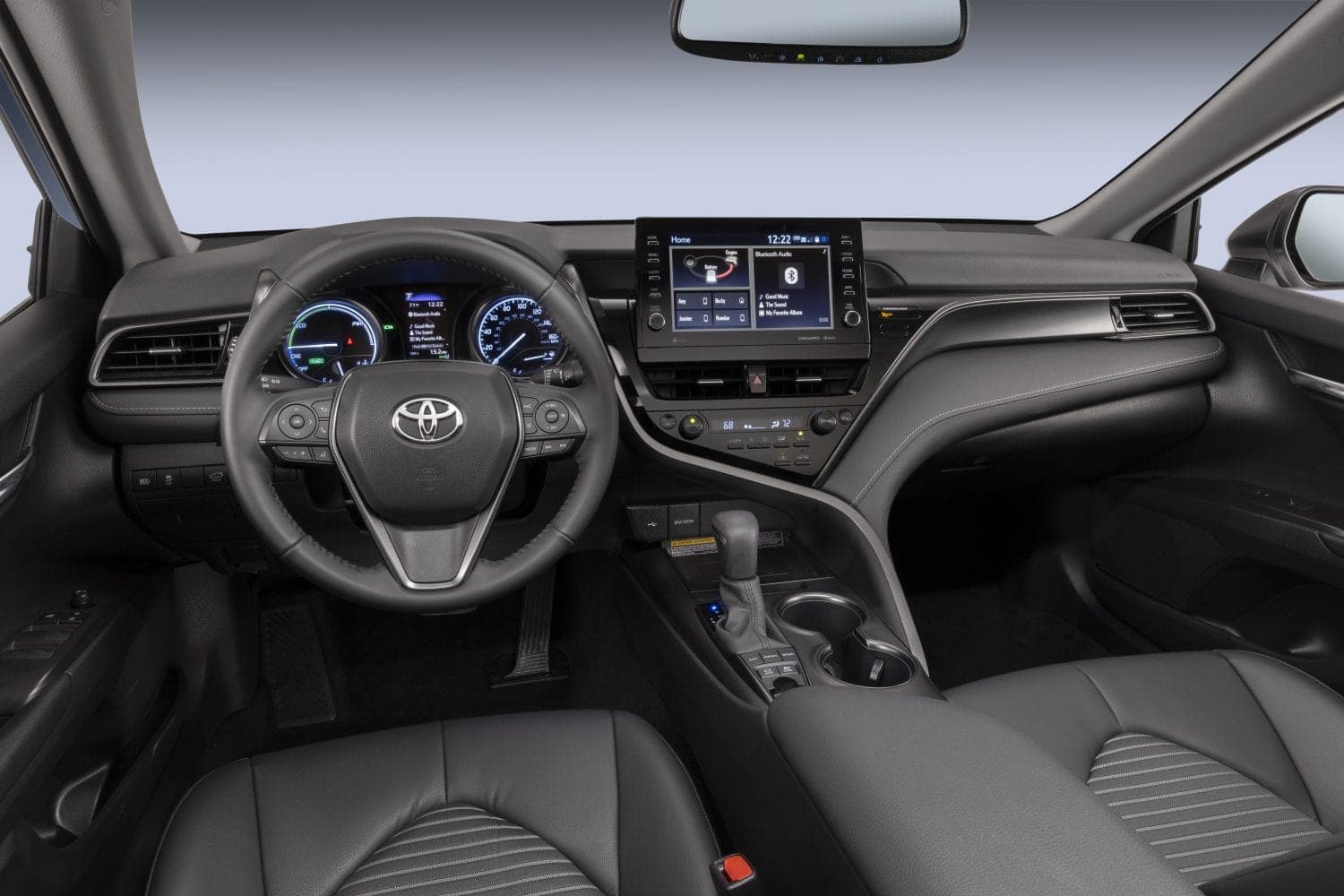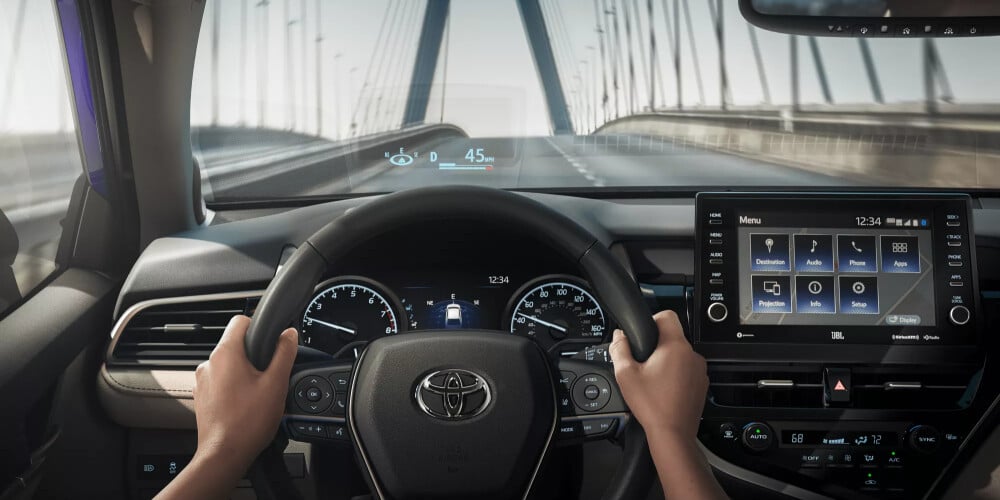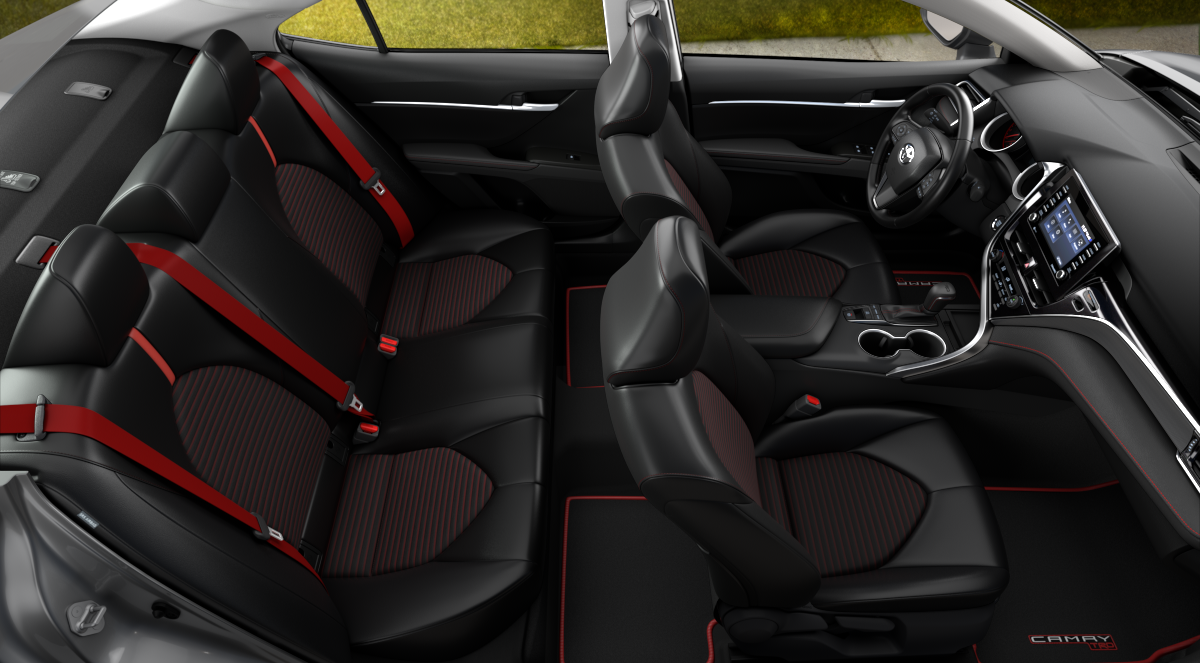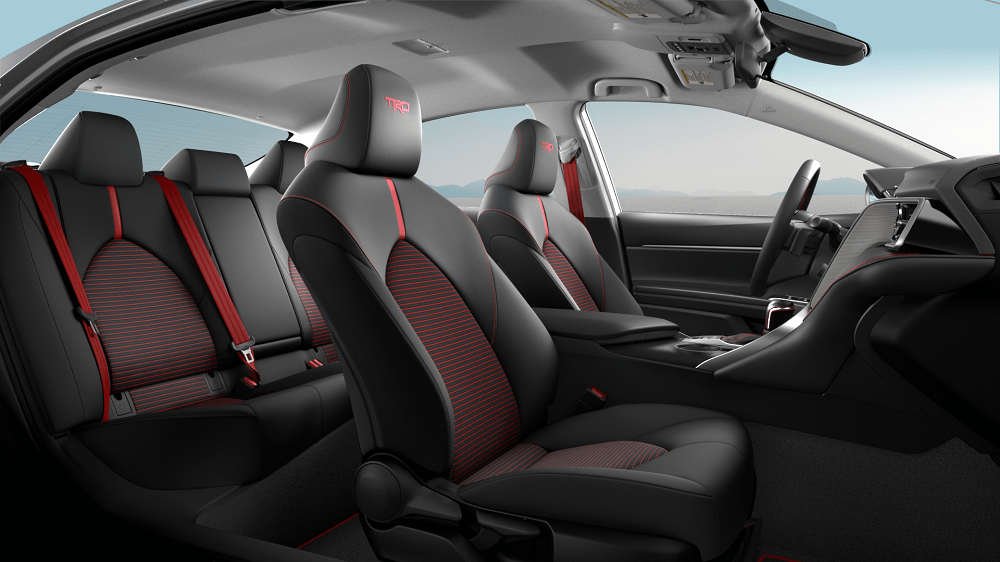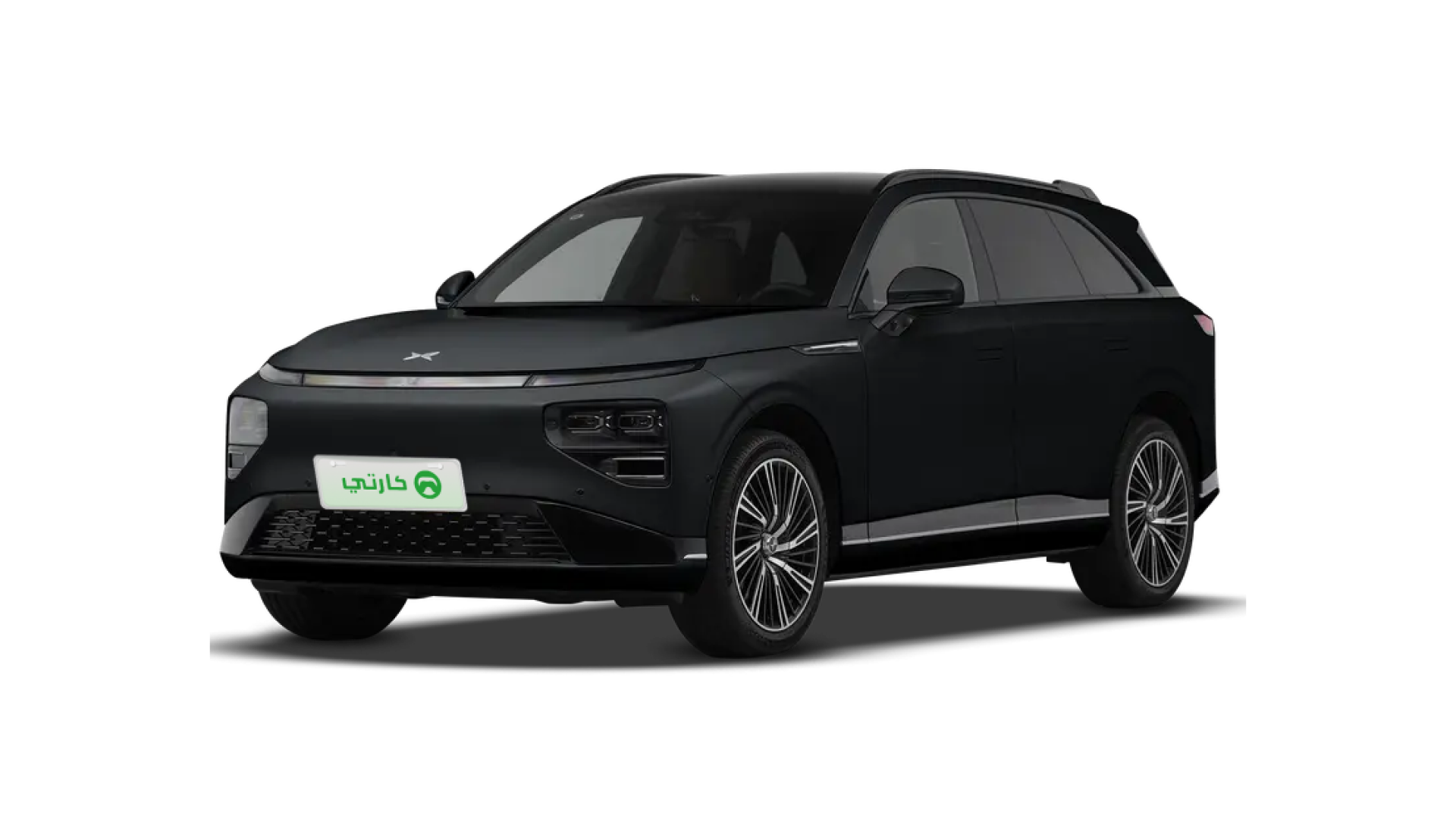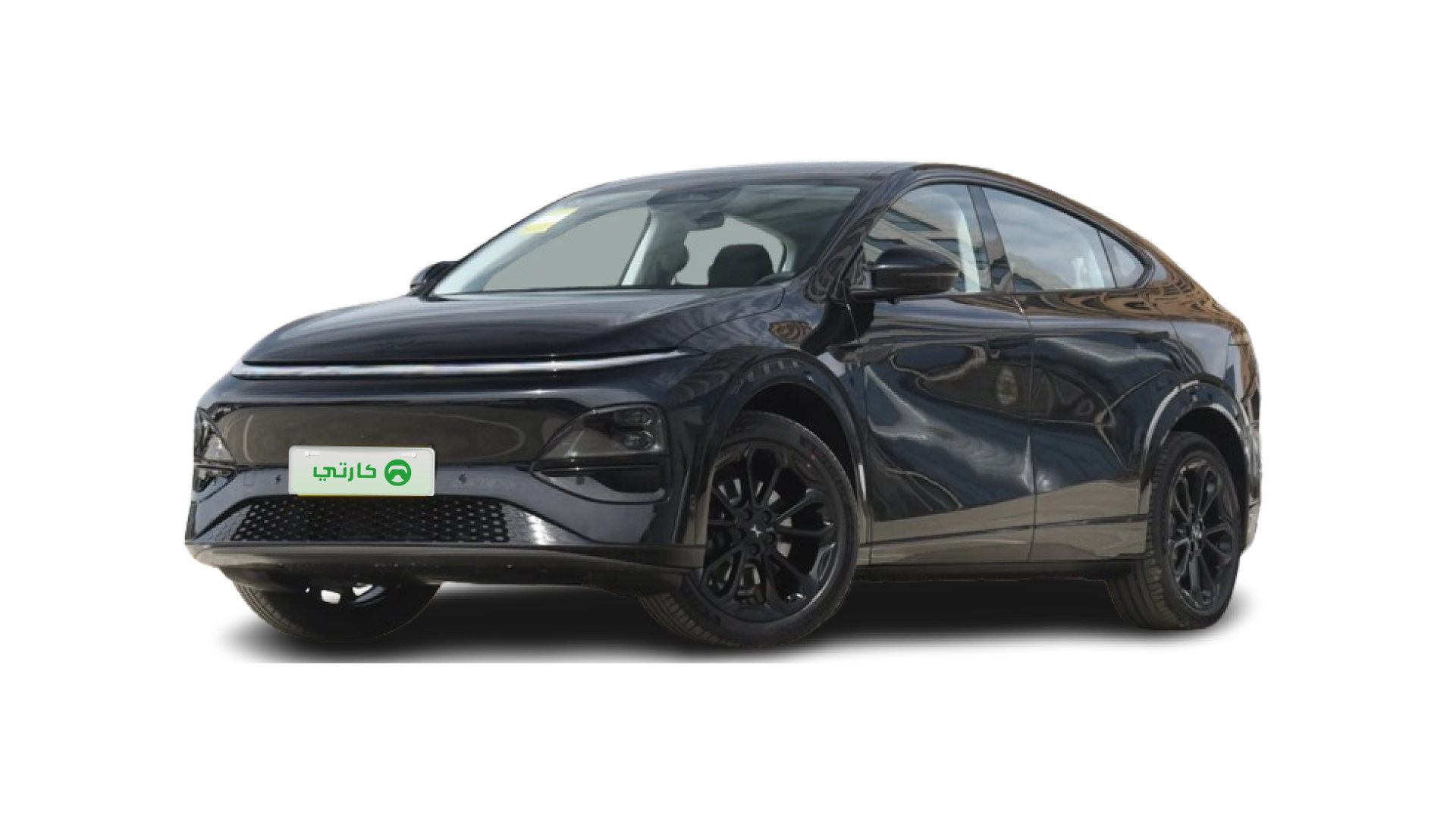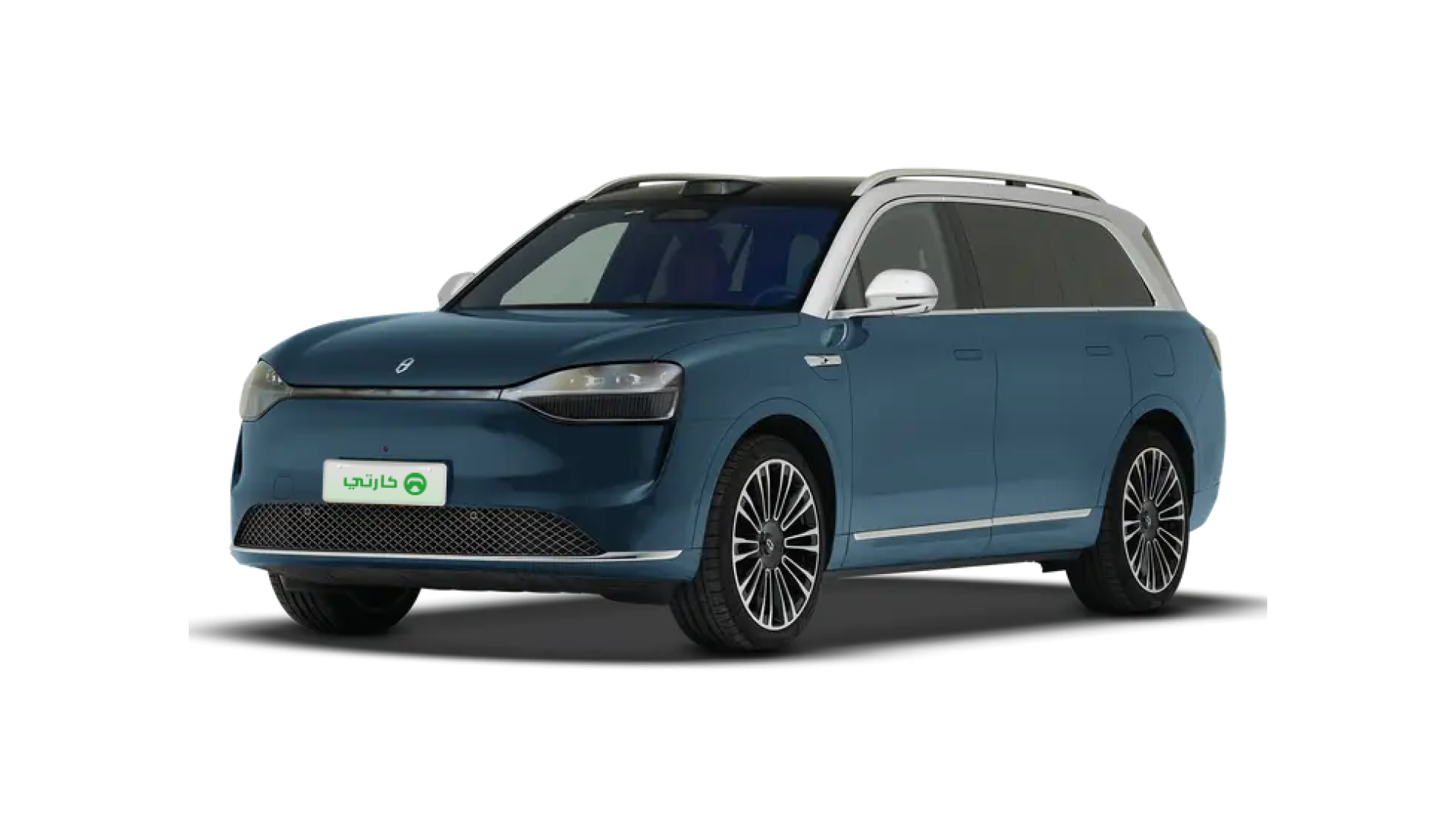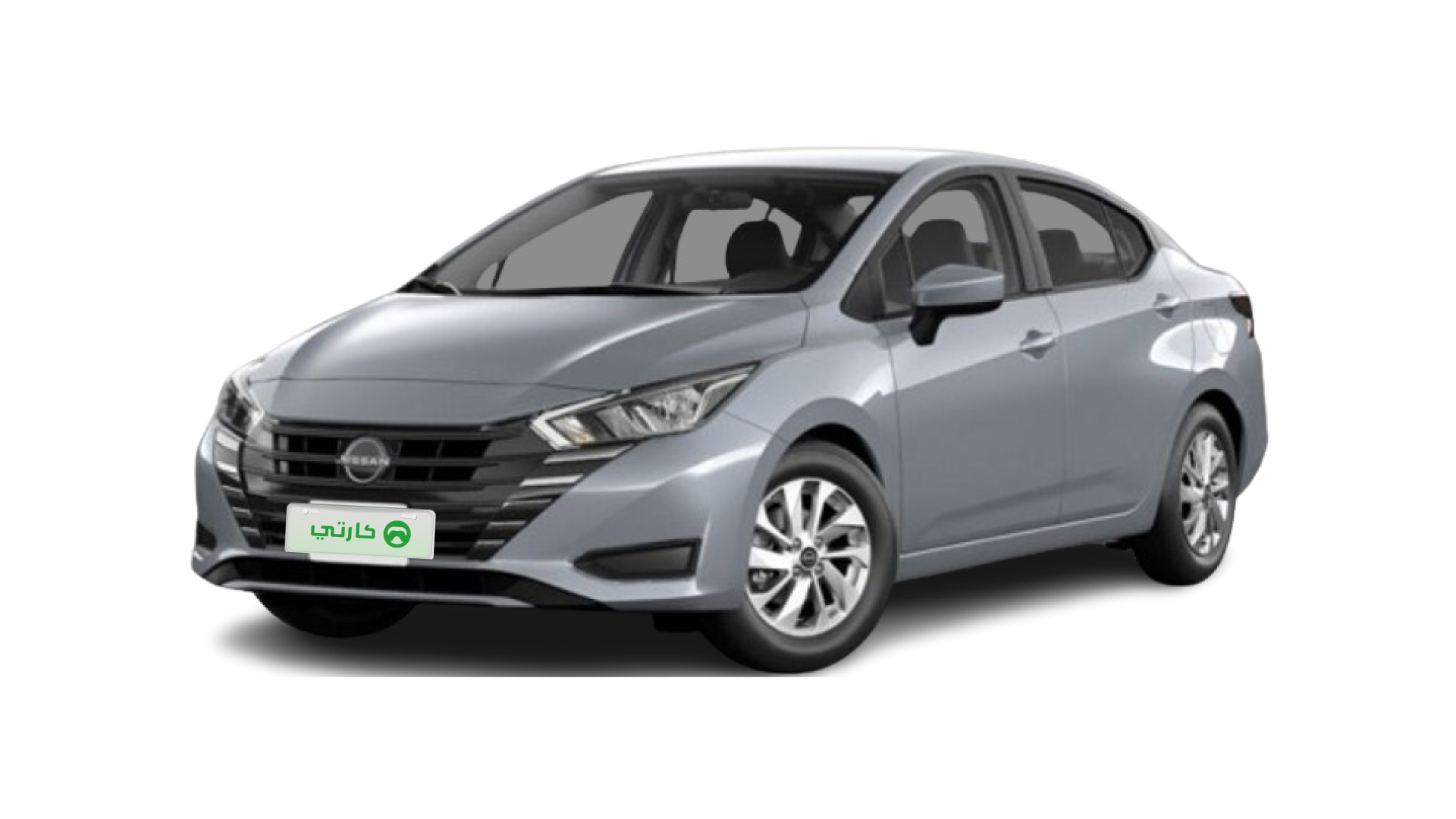Curious about the Toyota Camry Hybrid mileage in UAE? Looking for real-world insights on the 2025 model? Dive in to learn smart ways to save fuel and manage maintenance in the UAE’s challenging driving conditions.
How to Maximize Your Camry Hybrid's Fuel Efficiency
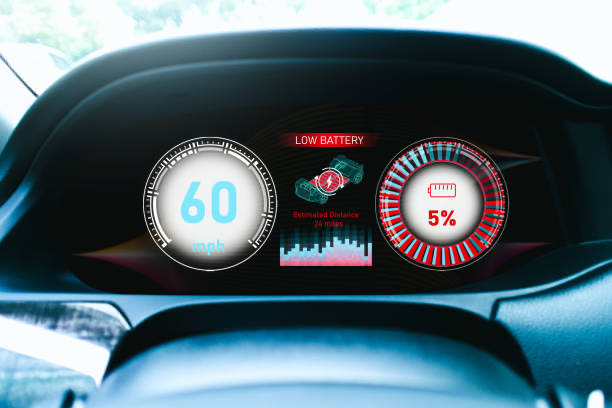
3 Proven Driving Habits That Boost Mileage
When you drive, keeping a steady pace can really help you squeeze more miles out of each liter of fuel. Try to maintain speeds between 80-100 km/h on highways, and switch to ECO mode during city driving, especially in busy hubs like Dubai and Abu Dhabi. Anticipating traffic flow allows you to reduce sudden braking, which in turn helps in keeping the engine's workload steady and fuel consumption low.
Climate Control Optimization
In the UAE, high temperatures are a fact of life. The updated hybrid system in the 2025 Camry Hybrid is designed to mitigate the impact of air conditioning on fuel economy. Pre-cooling your vehicle while it is plugged in during the peak summer months—when temperatures climb to around 42°C—can reduce the extra load on the system. This smart use of climate control not only preserves the battery but also improves overall mileage, ensuring you drive efficiently even in the extreme heat.
Why the Camry Hybrid Excels in UAE Conditions
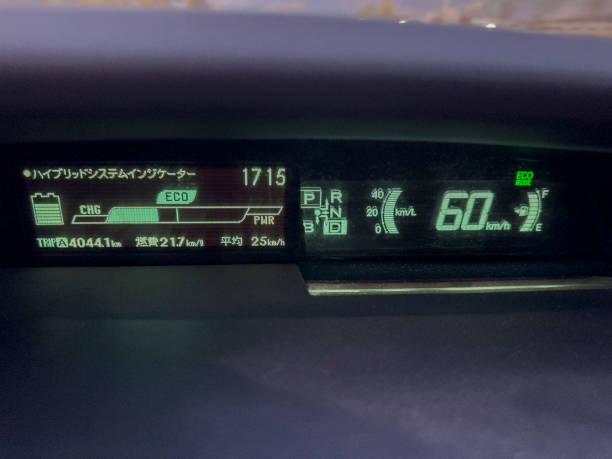
Heat-Resistant Hybrid Technology
The 2025 Camry Hybrid integrates Toyota’s renowned fourth-generation hybrid battery system, designed to perform reliably in the UAE’s demanding environments. Whether you’re caught in stop-and-go urban traffic or cruising on long desert highways, this technology provides consistent performance. You’ll find that even during sustained high-speed driving or frequent short trips typical in residential communities, the system maintains its efficiency. Such robust performance ensures that the Camry Hybrid stands out as a smart choice for local drivers.
Maintenance That Protects Fuel Economy
Keeping your hybrid system in top condition is crucial. It is recommended to inspect the hybrid system every 5,000 km to ensure all components are functioning as they should. Cleaning the battery cooling vents at around 10,000 km helps maintain optimum performance, while replacing the E-CVT fluid approximately every 30,000 km preserves the smooth operation of the drivetrain. These regular checks not only optimize the fuel efficiency but also extend the overall lifespan of the vehicle.
2025 Model Updates Impacting Mileage
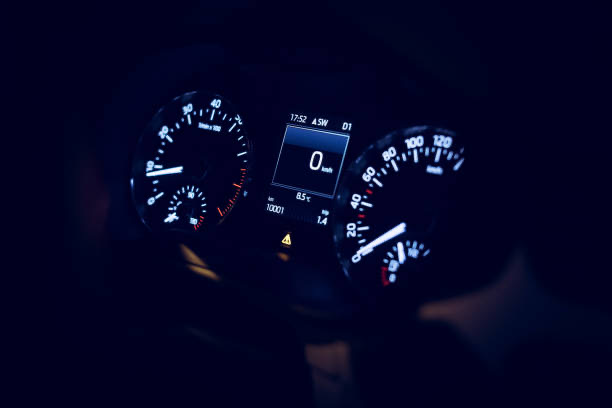
Enhanced Hybrid Synergy Drive
The redesigned 2.5L engine in the 2025 Camry Hybrid now achieves around 22.8 km/l in mixed driving conditions typical of the UAE—an improvement of about 18% over non-hybrid models. Real-world feedback from drivers in Sharjah and other emirates indicates that mileage can vary between 19.5 and 21.3 km/l based on factors like commute routes and cargo load. Whether you’re navigating coastal roads or inland highways, the evolution in Toyota’s hybrid synergy drive offers tangible benefits in fuel savings. Such advancements make the Camry Hybrid a compelling choice for daily commuters and families alike.
Cost Savings Comparison
Opting for the Camry Hybrid can lead to significant cost savings over time. Here are some points to consider:
Fuel expenses can be reduced by approximately 35-40%, given current petrol prices of about AED 3.05/L (~SAR equivalent).
Toyota offers a generous battery warranty that extends to 10 years, reducing long-term maintenance concerns.
The cost-effective service packages, like a 3-year maintenance plan for around AED 1,800 (~SAR equivalent), further enhance its value proposition.
These aspects make the Camry Hybrid especially appealing to daily Dubai-Abu Dhabi commuters, ride-hailing drivers, and families planning regular inter-emirate trips.
FAQ
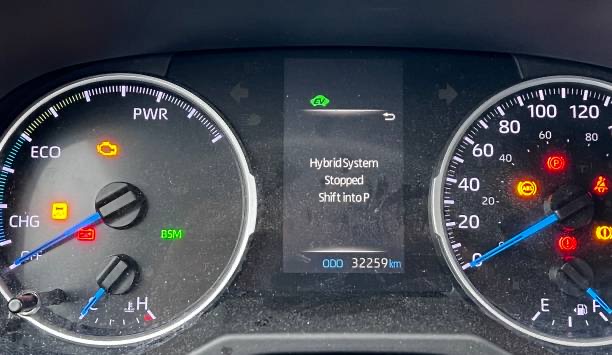
What is the typical city mileage of the 2025 Toyota Camry Hybrid in UAE conditions?
The 2025 Camry Hybrid performs impressively in city conditions, often achieving an average between 19.5 and 21.3 km/l. This variation is influenced by factors such as traffic conditions, driving style, and the use of climate control in high temperatures. Many drivers find that adopting fuel-saving habits can further improve these numbers. The integration of enhanced hybrid technology ensures you get the most out of every liter of fuel.
How does the extreme heat in the UAE affect the hybrid battery and fuel economy?
The hybrid system in the Camry Hybrid is specifically engineered to handle high temperatures, ensuring that battery performance remains stable even in extreme heat. Pre-cooling the cabin while the car is plugged in during the hottest times of the day can reduce strain on the battery and engine. Consistent maintenance, like cleaning cooling vents, plays an essential role in preserving fuel efficiency. The advanced design offers reassurance that the vehicle will perform reliably despite the challenging climate.
What maintenance practices are recommended to keep the Camry Hybrid running efficiently?
Regular maintenance is key to preserving fuel efficiency. It is advisable to inspect the hybrid system every 5,000 km and clean the battery cooling vents every 10,000 km. An E-CVT fluid replacement every 30,000 km helps in maintaining the smooth operation of the drive system. By following these guidelines, you can ensure that your vehicle consistently delivers optimal performance on various road conditions in the UAE.
How does the 2025 Camry Hybrid compare to local competitors such as the Nissan Altima Hybrid?
The 2025 Camry Hybrid offers notable advantages in fuel efficiency and durability tailored for the UAE’s environmental conditions. Its enhanced hybrid synergy drive and robust battery technology often result in better real-world mileage compared to many of its local peers. Additionally, the service packages and long battery warranty provide added incentives for those looking for lower long-term costs. These factors make it a strong contender in the local midsize sedan segment.
Are there specific driving tips to improve fuel efficiency during the UAE’s high temperatures?
Absolutely, short trips and excessive idling in heavy traffic can increase fuel consumption. Adopting a smooth driving style, such as maintaining steady speeds and using ECO mode, can relieve unnecessary engine strain. Pre-cooling your car and managing air conditioning usage effectively are also crucial strategies. Tailoring your driving habits to local road conditions can significantly boost your overall fuel efficiency.
This article is for reference only, please conform to the latest local laws and regulations.
Read More:
What Was the First Car Company? A Guide to Automotive History
What Is MPV Car? The 2025 Guide to Multi-Purpose Vehicles
How to Transfer Car Ownership in Qatar:2025 Step-by-Step Guide
8 pics

Mustafa Karim, having been deeply involved in automotive research and development for over ten years. He is fond of Japanese cars, and their precise and energy-efficient features have influenced him. In his spare time, he loves Japanese anime and kendo, drawing inspiration from them for control system research and development. He also often shares cutting-edge automotive knowledge on platforms, contributing to industry innovation and adding strength to automotive development with his expertise.
